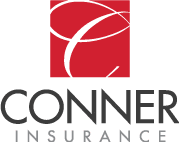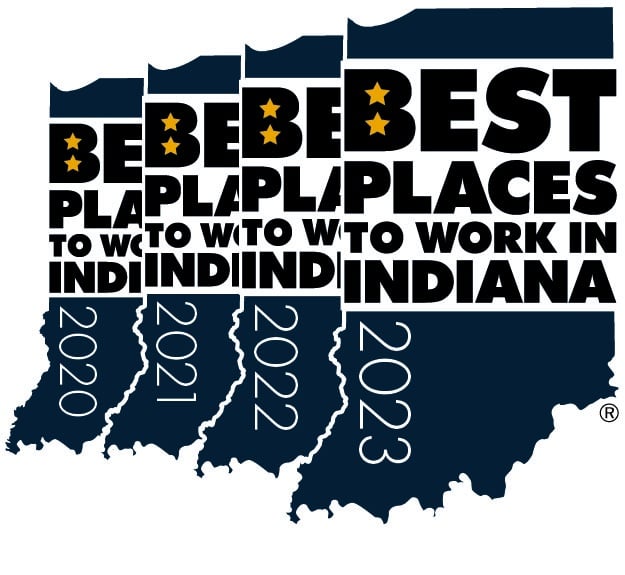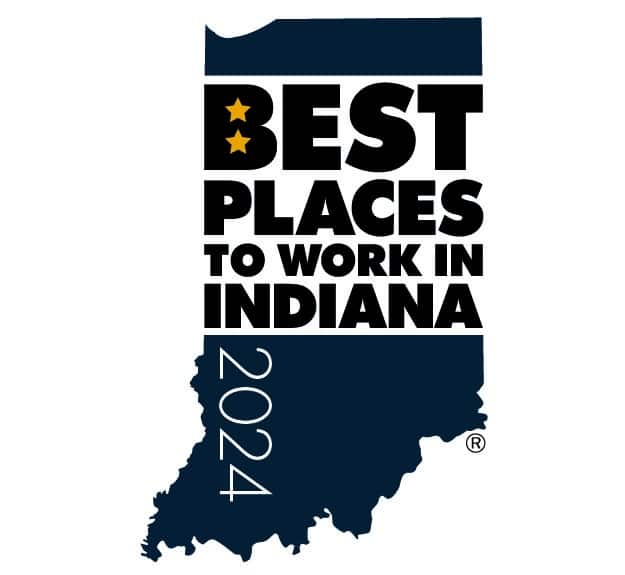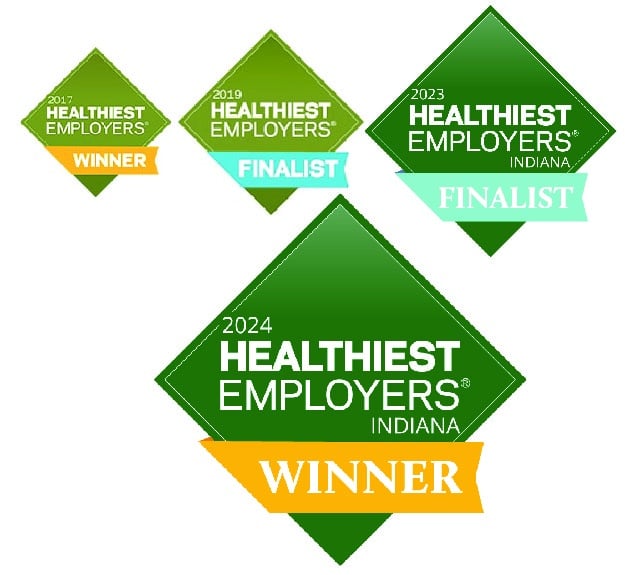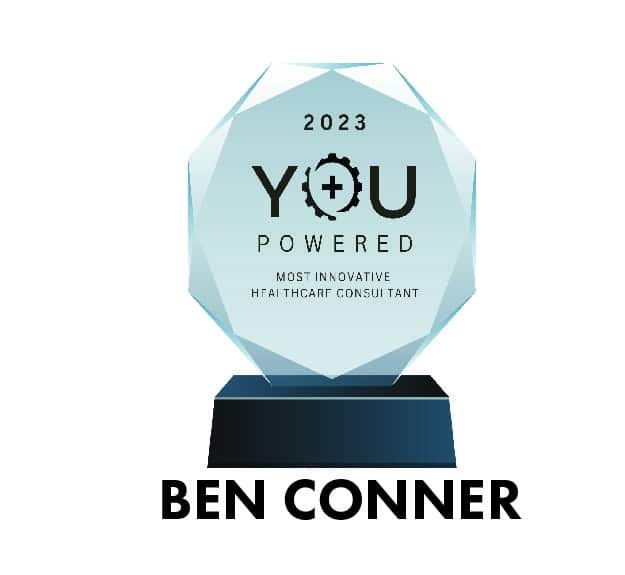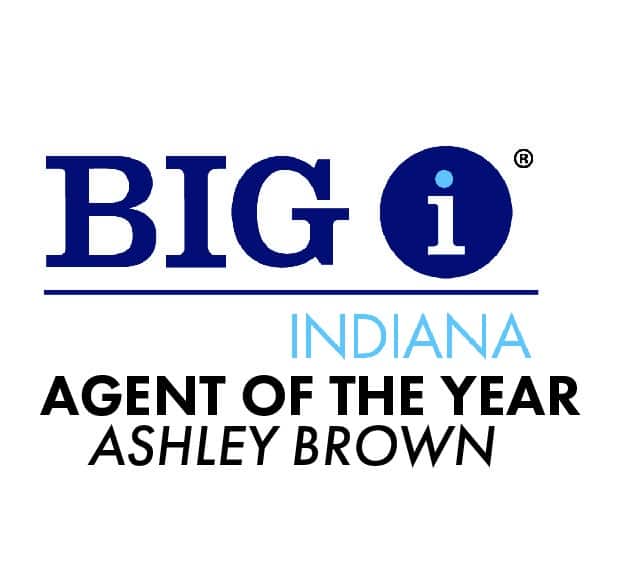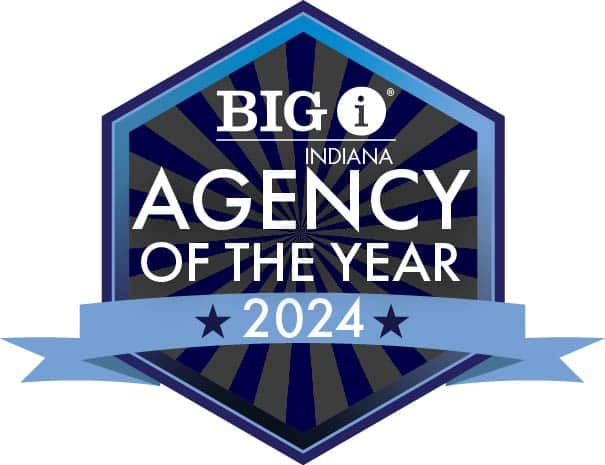Creative Employee Benefits Ideas to Attract and Retain Top Talent

In a candidate-driven market, organizations must think beyond traditional compensation packages to attract and retain top talent. As the workforce evolves, employees increasingly value comprehensive benefits that support their overall well-being and lifestyle. Companies that implement innovative employee benefits strategies often see improved employee satisfaction, increased productivity, and reduced turnover rates. Understanding and implementing the right mix of benefits can transform your organization into an employer of choice while supporting your team members' diverse needs.
To learn about the advantages of offering competitive benefits packages, read our guide on defining employee benefits.
Core Benefits Essential for Employee Satisfaction
Comprehensive Health Insurance
A robust health insurance program serves as the cornerstone of any competitive employee benefits insurance package. Modern employees seek plans that provide comprehensive coverage while remaining affordable through reasonable premiums and deductibles.
Forward-thinking organizations are implementing innovative funding mechanisms such as self-funded insurance or level-funded arrangements to control costs while improving coverage quality. These solutions often include features like telemedicine access, preventive care coverage, and prescription drug benefits that help employees manage their health proactively.
Dental and Vision Coverage
While sometimes overlooked, dental and vision benefits are essential for maintaining employee health and satisfaction. Comprehensive dental coverage should include preventive care, basic procedures, and major services with reasonable co-insurance levels. Vision plans should cover routine eye exams, prescription eyewear, and contact lenses. Organizations that offer integrated medical, dental, and vision coverage often see better health outcomes and increased employee appreciation of their benefits package.
Retirement Plans and 401(k) Options
Securing financial futures remains a top priority for employees across all demographics. A well-structured 401(k) program with employer matching demonstrates your commitment to your team's long-term financial well-being. Consider implementing automatic enrollment features, offering target-date funds, and providing financial education resources to help employees maximize their retirement savings. Companies can also explore profit-sharing arrangements or additional contribution structures to enhance their retirement offerings.
Paid Time Off and Leave Policies
Modern paid time off (PTO) policies should reflect the need for work-life balance while maintaining operational efficiency. Progressive organizations are moving toward combined PTO banks that give employees greater flexibility in managing their time off. Consider implementing floating holidays for cultural observances, sabbatical programs for long-term employees, and parental leave policies that support both primary and secondary caregivers. These approaches help employees recharge while fostering a culture of trust and respect.
Life Insurance
Employee life insurance provides essential financial protection for families while demonstrating your commitment to employee security. Consider offering base coverage at no cost to employees with optional supplemental coverage available for purchase. Including features like portable coverage and accelerated death benefits can enhance the value of these programs. Some organizations also extend coverage to spouses and dependents, creating a more comprehensive financial safety net for employees' families.
Creative Employee Benefits
Mental Health Support Programs
With increasing awareness of mental health's importance, innovative companies are expanding their support services beyond traditional Employee Assistance Programs (EAPs). Consider implementing digital mental health platforms, offering therapy session coverage, and providing stress management workshops. Creating a workplace culture that openly discusses mental health while providing accessible resources helps improve employee emotional well-being and productivity.
Fertility and Adoption Benefits
Supporting family planning through comprehensive fertility and adoption benefits shows a commitment to employees' personal life goals. Coverage might include fertility treatments, adoption assistance, surrogacy support, and genetic testing. These benefits demonstrate inclusivity while helping employees navigate significant life transitions with greater financial security.
Pet-Friendly Benefits
The growing importance of pets in employees' lives presents an opportunity for distinctive benefits offerings. Pet insurance coverage, pet adoption assistance, and even pet bereavement leave demonstrate an understanding of the human-animal bond. Some organizations are implementing pet-friendly office policies or providing pet daycare subsidies, acknowledging pets as essential family members.
Lifestyle Spending Accounts
Lifestyle spending accounts provide flexible funds for various personal expenses, from fitness memberships to home office equipment. These accounts can cover wellness activities, professional development, or even hobby-related expenses. This flexible approach allows employees to customize their benefits according to their unique needs and interests while promoting work-life integration.
Tuition Reimbursement
Educational support through tuition reimbursement programs helps employees advance their careers while building organizational capability. Consider covering degree programs, professional certifications, or specific skill development courses. Some organizations are expanding these programs to include student loan repayment assistance, addressing a significant financial concern for many employees.
Learn about employee benefits liability coverage to ensure your organization is protected while implementing these innovative benefits strategies.
Low-Cost Employee Benefits
Health and Wellness Programs
Effective wellness programs can significantly impact employee satisfaction and healthcare costs. On-site fitness classes, wellness challenges, and health education seminars can promote employee well-being while building community. Digital wellness platforms and partnerships with local fitness facilities can expand program reach while managing costs. Organizations that implement comprehensive wellness initiatives often see reduced absenteeism and improved team morale, making these programs valuable despite their modest investment requirements.
Volunteer Hours
Providing paid time for volunteer activities aligns corporate social responsibility with employee values while strengthening your organization's community presence. This benefit can include individual volunteer time, team service projects, or skills-based volunteering opportunities. Such programs foster community engagement while building team relationships and developing leadership skills.
Organizations can enhance these programs by partnering with local nonprofits and creating structured volunteering programs that align with company values and employee interests. The positive impact extends beyond individual employees, creating meaningful connections between your organization and the broader community.
Flexible and Remote Work Arrangements
Workplace flexibility remains a highly valued benefit that often costs little to implement while delivering significant returns in employee satisfaction and retention. Flexible scheduling, remote work options, and compressed workweeks can improve work-life balance while maintaining productivity. Clear policies and appropriate technology support ensure the successful implementation of these arrangements.
Organizations that embrace workplace flexibility often report increased employee engagement and improved ability to attract top talent from broader geographical areas. Consider implementing hybrid work models that combine the benefits of remote work with opportunities for in-person collaboration and team building.
New Parent Support
Supporting new parents through the transition to parenthood demonstrates a commitment to working families and helps maintain valuable institutional knowledge. Consider implementing gradual return-to-work programs, lactation support services, and parent networking groups. These initiatives help retain valuable employees while fostering an inclusive workplace culture.
Organizations can further enhance their parental support by offering childcare assistance programs or partnerships with local childcare providers. Creating a family-friendly workplace culture through comprehensive parent support programs has proven particularly effective in reducing turnover among mid-career professionals.
Professional and Educational Development Opportunities
Internal mentorship programs, lunch-and-learn sessions, and cross-training opportunities provide valuable development experiences without significant expense while fostering a culture of continuous learning. Creating clear career pathways and offering leadership development programs helps employees envision their future within your organization while building critical skills.
Consider implementing skill-sharing programs where employees can teach their expertise to colleagues. This creates a collaborative learning environment that benefits both the organization and individual team members.
Our Employee Benefits and Insurance Solutions
At Conner Insurance, we understand that creating the right benefits package requires balancing employee needs with organizational objectives and budget considerations. Our consultative approach helps organizations develop sustainable, innovative benefits strategies that drive employee satisfaction and business success.
We leverage our extensive carrier relationships and industry expertise to design customized solutions that address your unique challenges and opportunities. With our staged implementation approach, we work alongside your team to gradually enhance your benefits offering while managing costs and maintaining program stability. Contact us at (317) 808-7711 to speak with an advisor.
Frequently Asked Questions
What employee benefits are required by law?
Legally required benefits include workers' compensation insurance, unemployment insurance, and compliance with the Family and Medical Leave Act (FMLA). Organizations with 50 or more full-time employees must also provide health insurance that meets Affordable Care Act requirements. However, successful organizations typically offer benefits well beyond these minimum requirements to remain competitive in the talent market.
How often should we review our employee benefits package?
We recommend conducting a comprehensive benefits review annually, with ongoing monitoring of program performance and employee feedback. This regular assessment helps ensure your benefits remain competitive, cost-effective, and aligned with employee needs. Market conditions, workforce demographics, and organizational objectives should inform these reviews.
How can we measure the ROI of our employee benefits program?
Key metrics for evaluating benefits ROI include employee satisfaction scores, turnover rates, absenteeism, and healthcare cost trends. Consider conducting regular employee surveys, analyzing utilization data, and tracking recruitment and retention metrics. Understanding these indicators helps optimize your benefits investment while demonstrating program value.
What steps should we take to implement new employee benefits?
Begin by assessing employee needs through surveys and focus groups to identify priority areas. Develop an implementation timeline that includes communication strategies, training requirements, and necessary policy updates. Partner with experienced benefits consultants to ensure smooth implementation and ongoing program success. Regular evaluation and adjustment based on employee feedback helps maintain program effectiveness.
